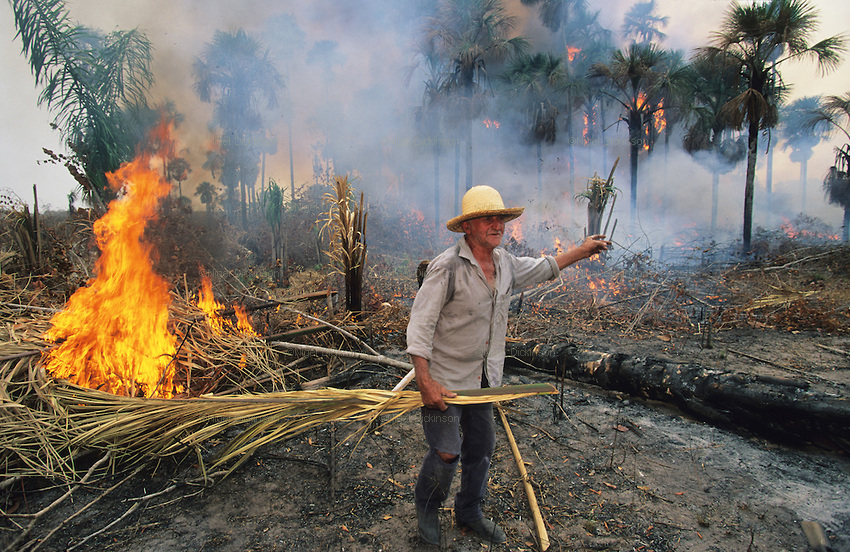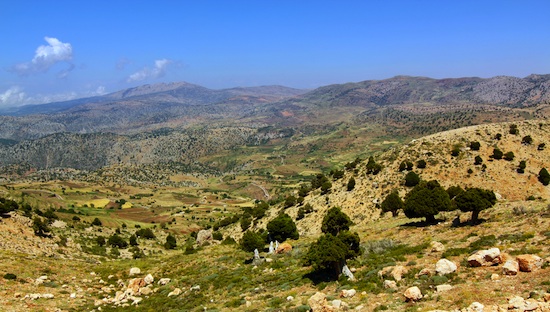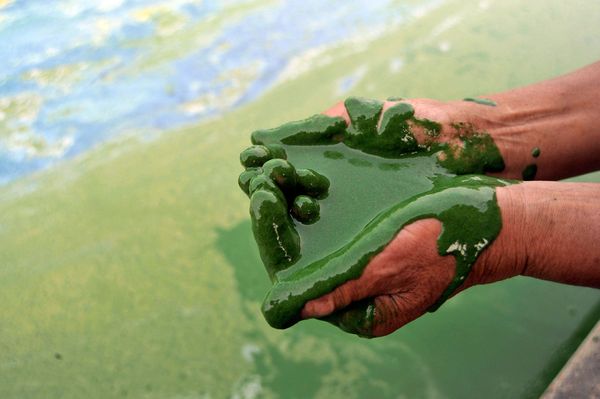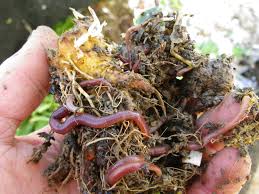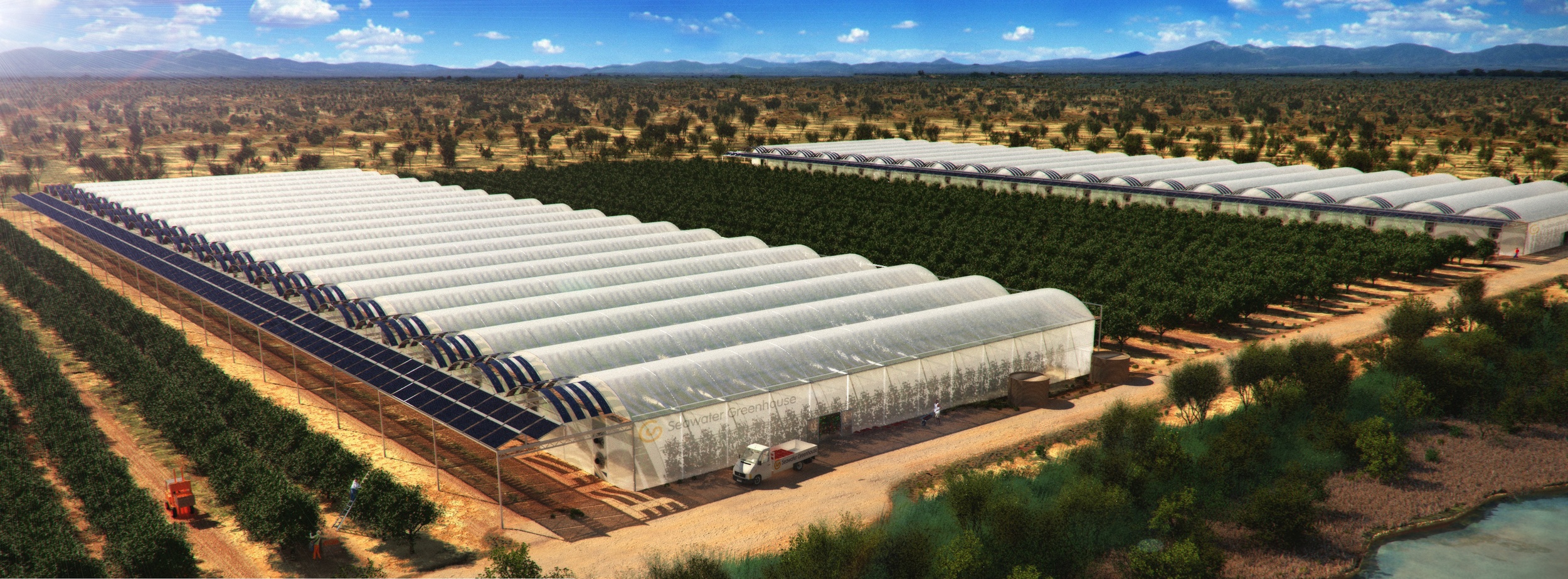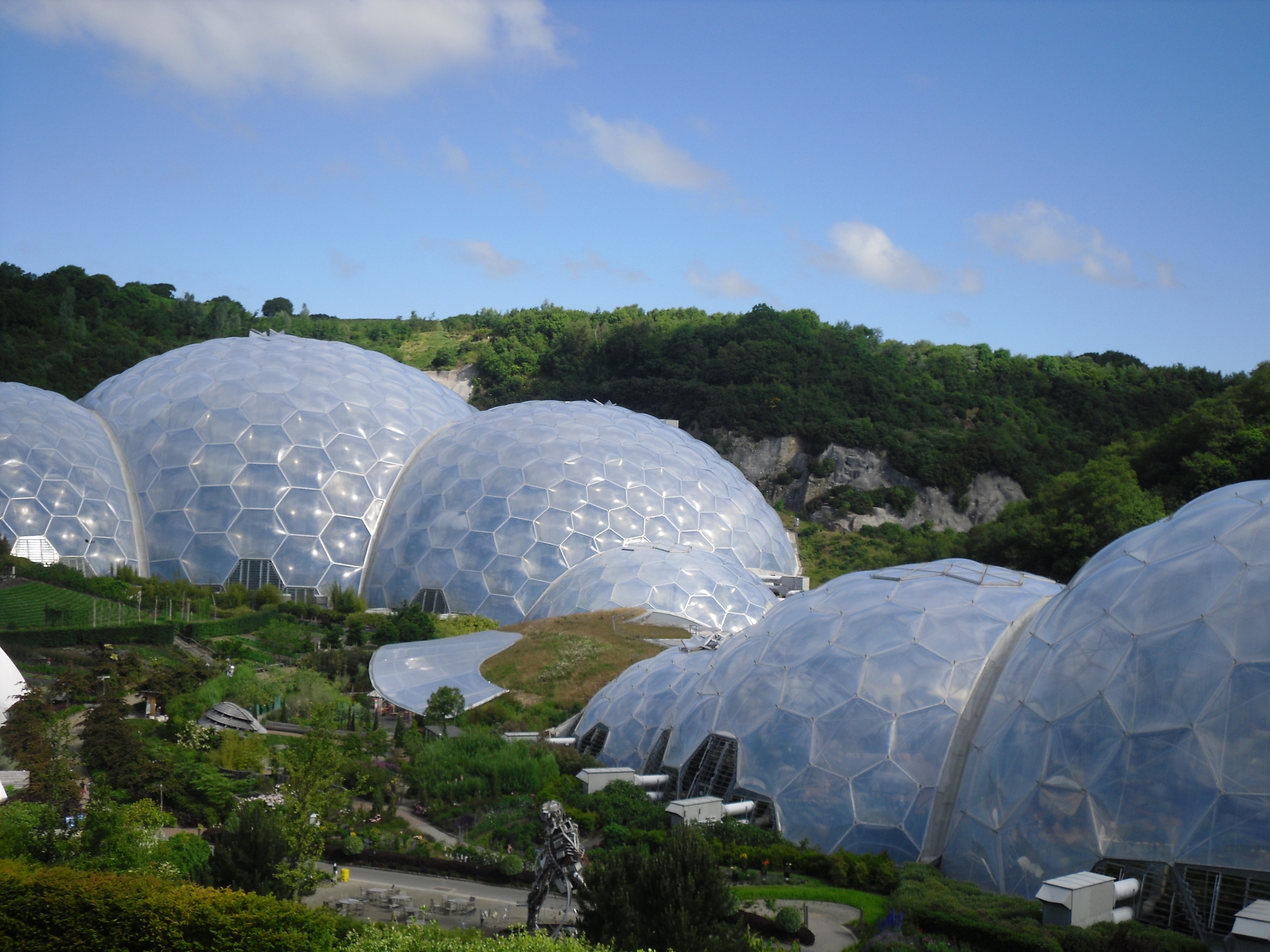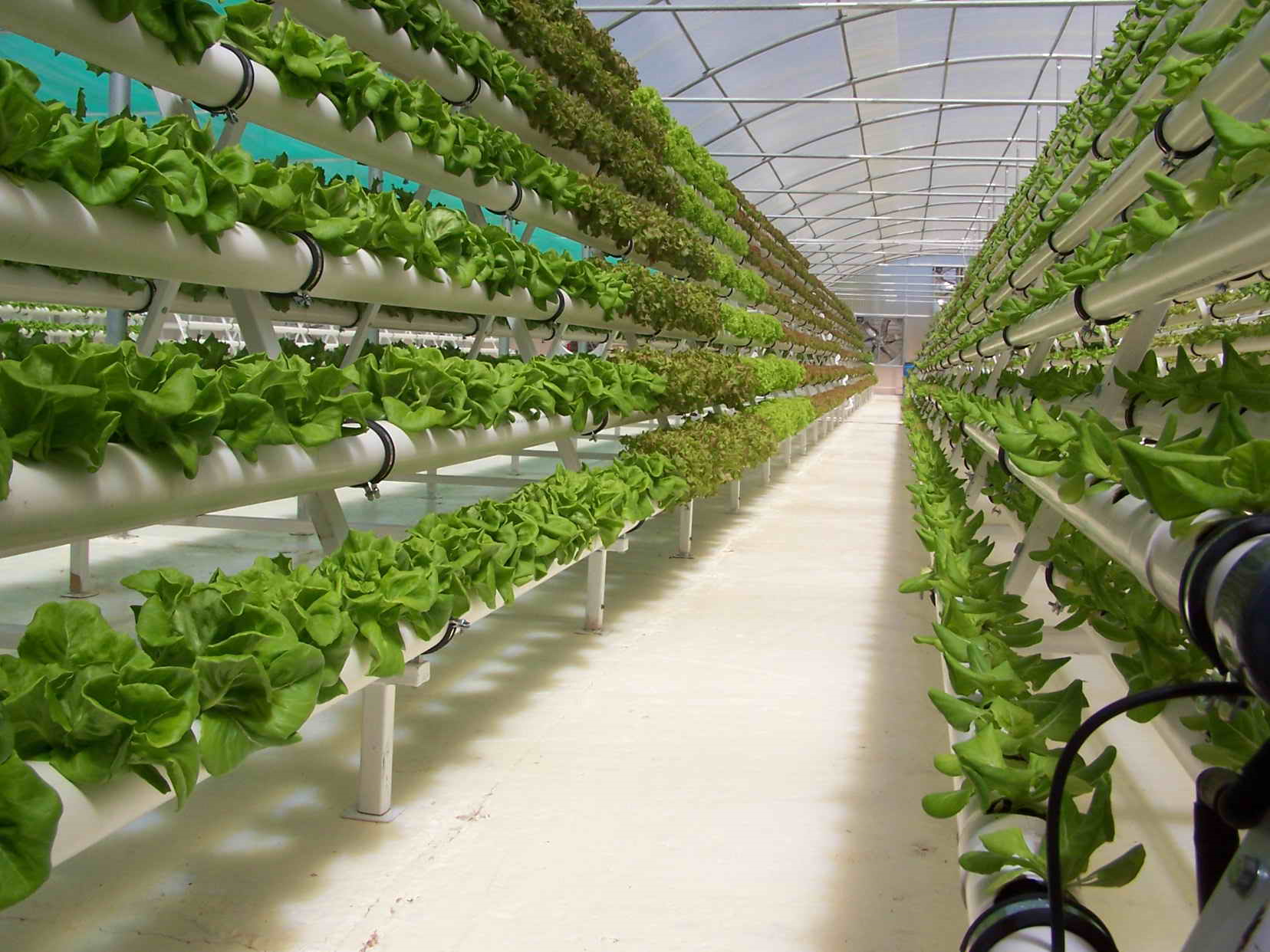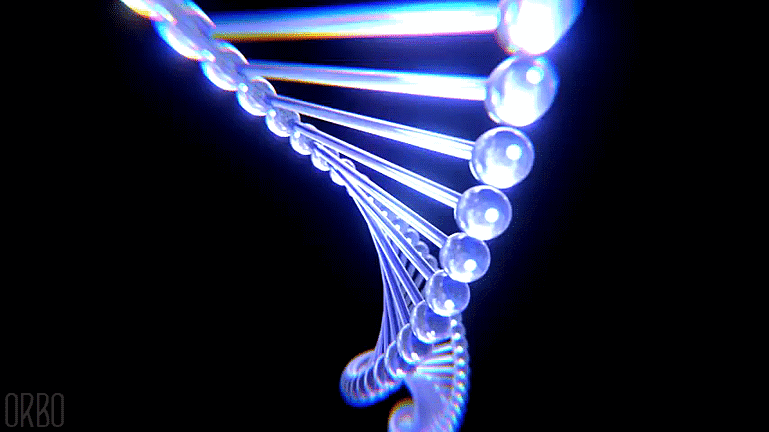Unit B: Plants for Food & Fibre
- Essential roles plants play in the environment and in meeting human needs
- The importance of soil and how human activity can affect it
- Using technology and our understanding of plant growth to support human needs
Role of Plants in the Environment
Provide Oxygen:
Animals produce CO2 while using O2 and Plants use this CO2 to produce O2 (and the cycle continues)
Provide Shelter:
Protection from weather and other predators
Provide Food:
Plants make their own food and in turn are eaten by an animal who is in turn eaten by another animal (cycle continues). Without plants, light energy would never converted to chemical energy, say goodbye to the food chain.
Build and Protect Soil:
As plants die and decompose they add nutrients to the soil
plants aid in preventing soil erosion (process of moving soil from one place to another), above all roots hold the soil together
Plants are Used in Various Ways
- Various Cultures around the world use plants for food/fibre, medicines, body lotions, perfume, etc
Native Plants Used As Medicine in Hawaii
Example: Indian mulberry
•young (unripe) fruit was pounded thoroughly with salt, and the mixture was put on deep cuts
•ripe fruit was used for a poultice to draw out the pus and core from an infected sore or boil
Plants for Food:
plants may be directly eaten or through some of the foods indirectly derived from plants (Examples: Roots, Leaves, Fruits, and Seeds)
Plants for Medication:
many plants have been used for their medical properties, for instance the bark of a Willow tree was used for its pain relieving properties. Later the compound responsible for this (acetylsalicylic acid) was derived, concentration and produced as Aspirin.
Plants for Fibre:
plants can be used for shelter and warmth (Example: Wooden frames, cloth made from cotton, etc)
Managing Living Resources
Living Resources:
living things used for human needs
- Trees
- Plants
- Animals
The usage of plants from an environment we disrupt living things in that ecosystem, furthermore pollution from human infrastructure can have deep impacts on environments.
Some Changes Caused by Human Activity
- Humans cut down forests for wood (ex. Lebanese Cedar)
- Humans use vast amount of land to plant crops (ex. Slash and burn in Brazil)
- Genetically modified organisms
- Algae blooming due to fertilizers seeping into lakes and oceans
The Importance of Soil
"Don't call soil: dirt -- that's just derogatory."
Soil Is An Important Resource That Human Activity Can Protect Or Degrade
Soil:
top layer of the earth's surface, this fertile medium consists of rock and mineral particles mixed with organic matter
Soil is made up of Minerals and Organic Particles
- Mineral Particles: made from rock which has been broken down
- Organic Particles: made up of plants and animals that once lived
- Humus: partly decomposed organic matter
Soil Types
Sandy Soil (Light Brown, White):
- mostly large mineral particles (ex. beach sand)
- does not retain water well
Clay Soil (Reds, Greys, Yellows):
- mostly small mineral particles (ex. width of hair)
- does not retain water well, however water has a tough time of permeating through it.
Loam Soil (Dark Brown):
- good balance between mineral particles and organic particles
- plenty of nutrients, great growing medium
Why is soil so important?
- It supports plant growth that we need for food and fibre
- Home for numerous soil-dwelling organisms
- Acts as a water filter that filters out the heavy metals and toxins
Neat fact: some of the cleanest water is found in northern Ontario underground aquifers
Neat fact: one cubic centimetre of soil can hold up to 1 million bacteria!
Fertilizer Use
Soil can be supplied with nutrients by the type of fertilizer used (substances added to the soil)
MANURE - GOOD FOR PLANTS, NOT SO GOOD FOR HUMANS
Organic Fertilizers :
Made from animal and plant waste, yep, poop.
Chemical Fertilizers :
- Macro nutrients such as nitrogen, or potassium, or phosphorous are added to soil chemically, rather than naturally occurring
- Too much chemical fertilizer may lead to fertilizer burn, where the concentration of salts outside the plant cell is higher than inside.
Farming Techniques
Irrigation :
To supply (dry land) with water by means of ditches, pipes, or streams; water artificially. Used in areas where there is very little rainfall
Clearing the Land :
- Removing plants which were previously grown there
- Farmers do this to reduce competition between their crop plants and other plants
- Foresters will clear land as well, however when they clear specific part of the land for a desirable type of tree they will replant young trees
Ploughing (Tilling):
The process of cutting into the soil and turning the top layer over, this process breaks up the soil, creating more air spaces and making it less compacted
Crop Rotation :
- Planting a different crop in a particular field every year
- Certain crops leach the soil of one kind of nutrient, so the next growing season a dissimilar crop is planted that uses different nutrients in that soil (ex. rice crop followed by cotton)
- Having the same crops grow in the same area allows pathogens to build up. If the crop is changed for a different type of plant the pathogens won't build up so quickly. (ex. club root)
Human Use and Management of Plants for Food and Fibre
- Due to the growth in our population we need plants to produce a substantial amount of food and fibre to meets our needs.
- Our Grocery store is loaded with a variety of fruits and Vegetables Growing different types of plants was developed by growers and scientists to meets the demands of the population.
Scientists, Farmers, and Growers have all developed ways (technology) to increase YEILDS of plants
Yield:
Amount of useful plant parts per plant
Hydroponic System:
Artificial soil environment
The hydroponic method is a means of plant production where plant roots are suspended in a solution of nutrient-rich, oxygenated water flowing through a pipe or container of some sort.
- Due to environmental conditions of certain regions of the world "artificial environments" are used to control growing conditions
- Examples: Greenhouses (exact temperature, light, and nutrients)
Monoculture:
A planted field will be used to support growth of just one variety of plant
Species:
Consists of individual organisms which are very similar in appearance, anatomy, physiology and genetics due to common ancestry
Variety:
specific characteristics of a plant
Traits:
Distinguishes plants from other varieties of plants
New plants are produced providing us with what we need/want
Selective Breeding:
Selection of certain seeds or animals for reproduction in order to influence the traits inherited by the next generation
Varieties are Developed by Selective Breeding
- Plants growing in colder climates
- Tolerating salty soils
- Able to fight disease or any attack by insects
- Ex. Bananas are naturally oval shaped and their seeds are large and hard. Farmer or Growers will take the seeds from long thin bananas and plant those seeds for the next years crops (if done consistently every year her crop will eventually grow longer and thinner every year)
Gene:
A hereditary unit that is transferred from a parent to offspring, it determines some characteristic of the offspring
- The added gene can come from other plants or different living things
Genetic Engineering:
Artificial introduction of changes to the genes in a cell
OOPS! New variety is good, HOWEVER it can cause problems such as: Canola cross pollinating with Wild Mustard to produce a “SUPER WEEDS” (which is not easily controlled)
Farmers can loose crops to WEEDS (wild oats, quack grass, green foxtail, and smartweed) Crops can by lost to PESTS (army cutworm larva, mites, ladybug, and gophers)
To maximize crop yields farmers must control the weeds and pest population
Herbicides:
A chemical designed to control or destroy plants, weeds, or grasses
Used For:
- Kill weeds and produce nice lawns and flower beds
- Kill weeds and selected plants within crops
PROBLEMS
- Too much herbicide can make the soil less fertile
- The herbicide can be washed into streams and lakes (harmful to living things)
- If the herbicide is used for a long time the weeds can develop a resistant to it which develops a whole new problem
Pesticides:
Chemical used to kill pests, especially insects
Used For:
- Protect crops from harmful insects
- Can increase crop yields if used carefully
PROBLEMS
- Pesticides can kill the helpful pollinating insects
- If used for a long time pests can adapt and become resistant (adaptation)
- Harmful to the animals that eat the food (ex. bio accumulation of DDT in Peregrine Falcon population)
Biological Control:
Use of living organisms or their products to control pest populations
- This process does not rid the environment of pests but it decreases their population
- Not useful for large outbreaks
Human activity and the Cause and Effect on environments
Unintended Consequence:
Are outcomes that are not the ones intended by a purposeful action.
Environmental Management:
Balancing needs of humans with needs of the environment
- The more we know about living things and the environment and how they are linked, the less likely we are to accidentally cause harm
- Our goal should be sustainability (keeping all aspects of the environment balanced)
Positive/Negative Consequences of Using a Monoculture
Positive Consequences:
- Cut down costs and fertilizer overuse
- Allow for harvesting to be a lot easier
Negative Consequences:
- Allow for pests to have a huge supply of food (causing an explode of a specific pest population)
- Reduces biodiversity - number of different species within an environment


